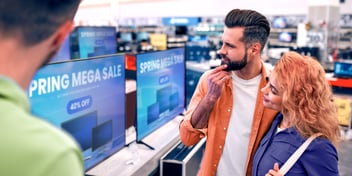Retail is experiencing a bit of a renaissance, and though some will argue that the resurgence of in-store shopping won’t last forever, it’s hard to deny that brick-and-mortar stores are enjoying a heyday. Even in a day and age of online shopping, same-day delivery, and curbside pickup, 45% of consumers simply prefer to shop in person, according to Capital One Shopping research. Plus, 72% of retail sales are predicted to occur at brick-and-mortar stores in 2024.
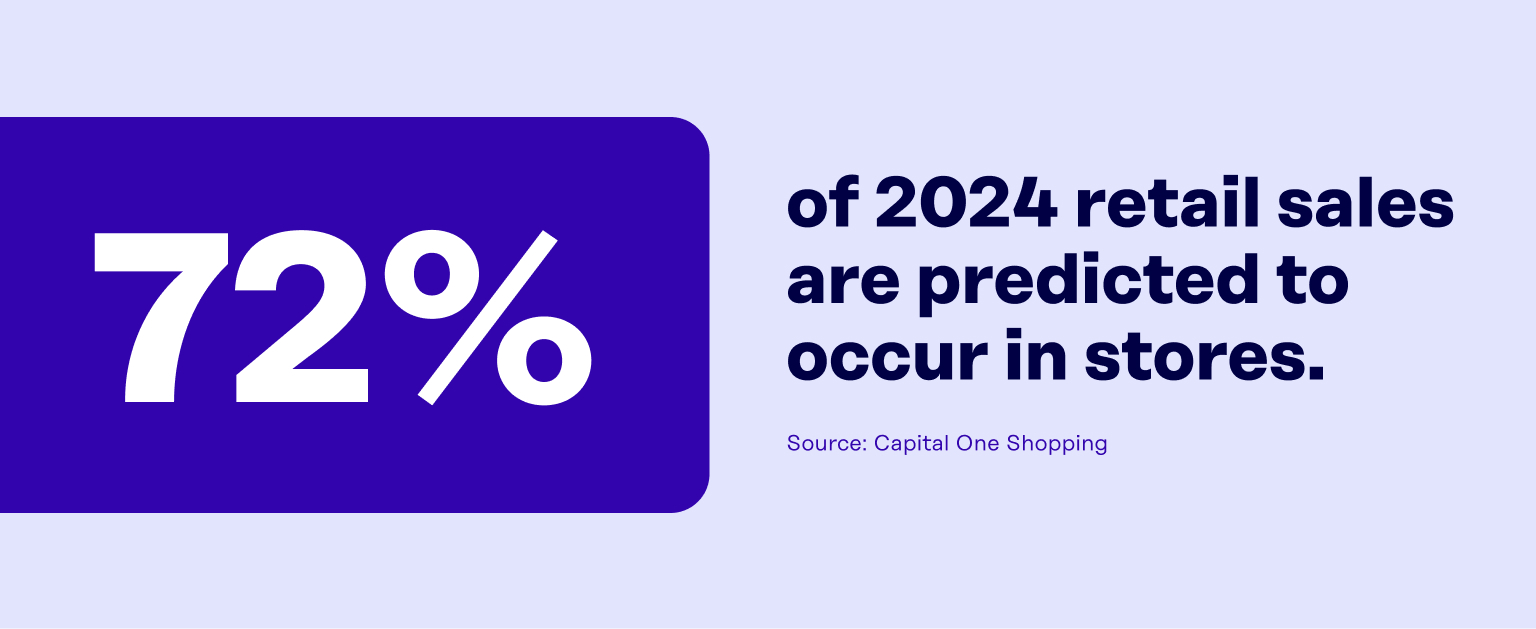
You read that right. This year, nearly three-quarters of retail sales will involve an in-person shopping experience.
Don’t mistake the growing interest in in-store shopping as the death knell for e-commerce. That’s here to stay, but the online space has become fairly saturated. It’s difficult for almost any retailer to stand out in what’s already a crowded marketplace. Brands have quickly come to realize that hanging out a digital shingle is not nearly enough. You now need to offer consumers an engaging experience, and that experience often involves a place where they can interact with whatever it is that you’re selling.
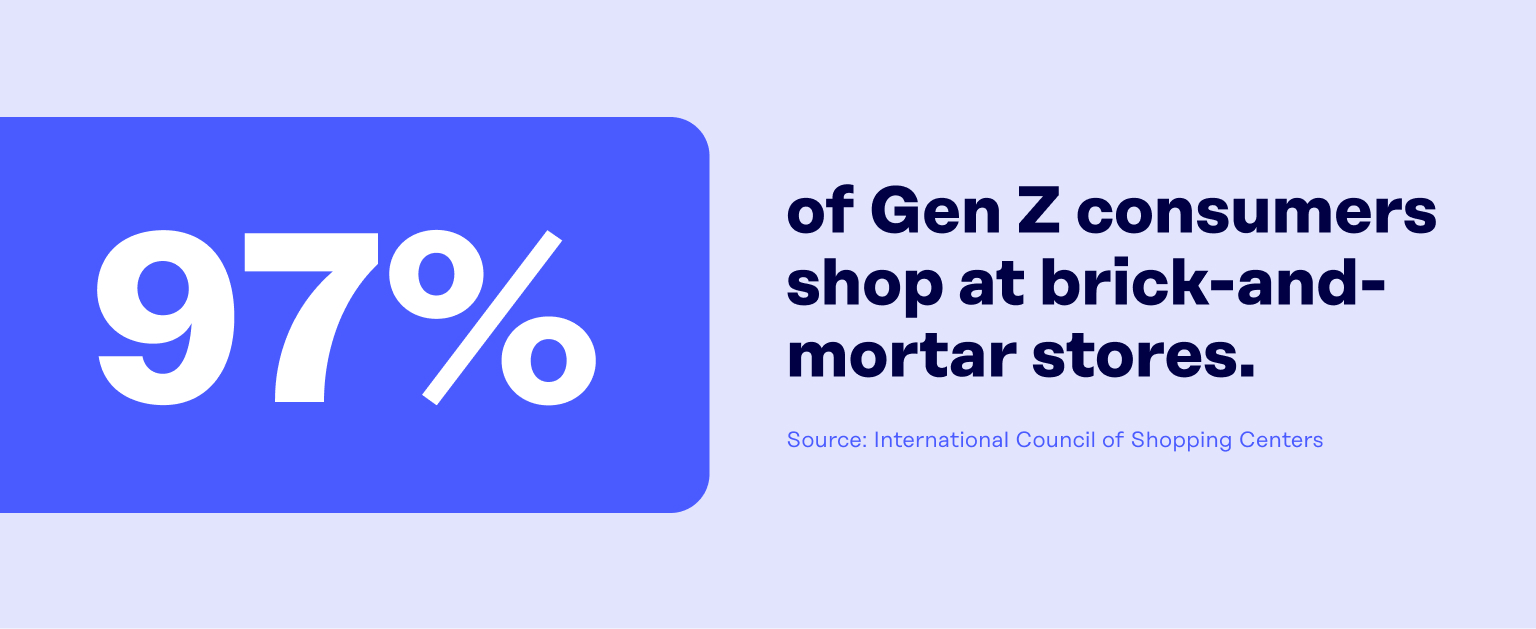
In fact, an International Council of Shopping Centers survey found that 97% of Gen Z consumers currently shop at brick-and-mortar stores. While the reasons were many, over 35% of them said it was due to a combination of the shopping experience and the ability to see, touch, and try the products. That’s simply not possible in the e-commerce space.
Image Source: Warby Parker
Digital Signage in Retail Stores: The Forgotten Marketing Channel
Online marketplaces simply cannot offer consumers the same immersive shopping experience as brick-and-mortar stores. The interaction is not just transactional, as is often the case in the digital realm. In-store experiences offer a range of opportunities to engage consumers on many different levels, which can leave an impression that lasts well beyond a store visit — an impression that will bring people back again and again.
Until recently, the brick-and-mortar store was a forgotten marketing channel. It was seen as only a means to an end (i.e., a sale).
Thanks to advancements in technology, all that has changed. A growing number of retailers that were previously only online (such as Amazon, Warby Parker, and Fabletics) are now experimenting with the in-store shopping experience. Brands are deciding what they want to be outside of e-commerce, and technology is enabling and enhancing that identity. The brick-and-mortar store has become a critical component of a comprehensive marketing strategy. For many retailers, a flagship store has served as an instrumental tool for driving sales both in-store and online.
Gaining Traction in an Evolving Retail Landscape
Opening a brick-and-mortar location isn’t a guarantee for success. Like e-commerce, it’s far from a case of “if you build it, they will come.” Sure, you can try to integrate all the bells and whistles that consumers have come to expect from major brands, but creating a synergy between physical and digital isn’t without challenges.
Compatibility is often an issue for many retailers. If you’ve been operating with older systems or networks, it can be challenging to interlink whatever new technology you plan to integrate into the in-store shopping experience. You have to make sure your hardware is capable of supporting the new technology. Without the right system, your business will be hamstrung to take full advantage of a new API — or use it at all, for that matter.
Scaling the new technology can also be problematic, especially for retailers with 500+ stores. The question becomes how to integrate a digital component into the shopping experience across numerous stores (and do so simultaneously). Even the fundamentals can be extremely complex. And if you need to customize the experience to a given demographic in certain stores, the complexity will grow exponentially.
Then, there’s the matter of installation. If you want customer experience technology to actually enhance the customer experience, it takes more than finding a third-party provider that can tailor the digital solution to your brand — as well as offer the connectivity and reliability necessary to ensure that the experience comes off without a hitch. You need the right people in the physical store to install the technology.
Neglecting any one of these aspects, and gaining traction in the ever-evolving retail landscape can quickly become a pipe dream. To take advantage of the brick-and-mortar opportunity and keep your physical stores from becoming nothing more than relics of a bygone age, you must have the right technology in place.
Personalizing the Retail Shopping Experience
Personalizing the retail shopping experience has almost exclusively involved tailoring the experience to the individual. You can thank e-commerce for that. While this approach certainly has its place, as an increasing number of consumers expect brands to remember them and offer personalized recommendations based on past interactions, there’s another element that retailers often forget.
The perspective of brand personalization.
When integrating technology and the customer experience, you must always remember how that technology fits within your brand identity. Ask yourself, “How can the technology improve the customer experience and still stay true to my brand identity?”
Even something as seemingly inconsequential as speaker placement must make sense to your brand and what you hope to achieve from a marketing perspective. Do you want the speakers in the entry to welcome customers into the store? Or maybe placing the speaker in some corner of the shop will help lure them toward an interactive display? Doing so can create an in-store customer journey that leads to a sale.
What’s more, how can the technology enhance the experience and serve the needs of your community? You’ve set up shop in a certain neighborhood for a reason. Take the time to plan out how technology can improve the customer experience for those who frequent your store. Make it feel as if you’ve designed the experience for them while never losing sight of your brand identity. Consumers recognize and appreciate when you tailor the retail environment to their distinct needs and preferences.
"No matter what new gadgets or gizmos you integrate into your store, the employee experience will inevitably be the heart of the customer experience."
Just as important to all of this is the employee experience. Maybe at night, you change the audio to target employees as they're closing up instead of targeting customers. No matter what new gadgets or gizmos you integrate into your store, the employee experience will inevitably be the heart of the customer experience. The two are interwoven, especially at large stores with lots of associates. Engage team members, and they’ll engage customers. Knowing how to enhance the customer experience in retail may start with technology, but it will end with the interactions between the customer and the employee.
Using Digital Signage to Enhance the Customer Experience in Retail
Digital signage isn’t new technology, it was born in 1992. What has changed is its capabilities. A lot more can be done with signage, making it an essential yet underutilized component for enhancing the customer experience in retail.
When you’re merchandising products, for example, print and boxes don’t change. In fact, it can often be expensive to reprint signage and change it out, so many retailers rarely change what’s being displayed beyond seasonal shifts. They also struggle with human error when it comes to deployment and often lack the ability to measure impact.
Digital signage, on the other hand, gives you the option to update your signage on a daily basis if you so choose. You can do so regionally, as well, allowing you to personalize the experience to a specific audience segment or community. And while the upfront costs can be higher, the ROI is much better than print signage. With a few clicks of a keyboard, you can change the messaging. No need to reprint your signs.
Digital also offers full visibility. You can put up something new, track data on the sales, and then make adjustments to the campaign. It’s easy to track and evaluate strategies and pivot quickly if necessary.
Plus, the use of digital allows products to live and breathe. Traditional signage doesn’t allow for movement or interaction. When tied to other technology, retail digital signage can actually engage customers as they walk by a given display.
It’s kind of like when the lights turn on in the freezer section of grocery stores. It may be startling at first, but it definitely catches the eye and pulls customers in.
Besides, certain products sell better under different conditions, like iced coffee on a hot day or rain gear during inclement weather. Digital signage solutions provide the flexibility to respond to day-parting trends, weather conditions, demand — and supply, for that matter. Should you run out of a product, the last thing you want is to continue promoting it while you wait for a restock. Digital signage allows you to quickly switch messaging if that happens.
.jpg?width=4032&height=2565&name=Tempur-In-store%20(1).jpg)
Custom digital media experience created by Rockbot at the Tempur-Pedic flagship store in New York, New York.
(Image Source: Rockbot)
Emerging Tech-Driven Experiences in Retail Stores
The retail experience has changed, and with it, so has how to enhance the customer experience in retail. In the past, customers would simply walk through the aisles to find exactly what they were looking for. Now, it is all about experience.
How do you make the customer feel when walking through the aisles as they try to find exactly what they’re looking for? Customer experience technology has become a critical component of this.
For almost all retailers, integrating technology and the customer experience adds value to the customer journey, making the individual feel a certain way. Technology has a way of bringing things to life in the retail environment. It also has a way of helping customers make decisions about which products may or may not be best for them.
Take Tempur-Pedic, for example. The company built out an entire audio- and video-enhanced room for consumers to try out and experience its mattresses. Everyone knows that the mattress goes up and down, massages the body, and so on, but Tempur-Pedic decided to tie music and videos into all that to enhance the demo experience. The result is a unique and memorable shopper experience that demonstrates the products and the forward-looking brand.
The idea here is to engage the customer with your product and have them learn more, experience more, and form a lasting impression that will translate into sales. The more time someone spends with a given product, the more likely they are to make a purchase.
Bottom Line: How to Enhance the Customer Experience in Retail
Enhancing the customer experience in retail can take many forms, but the strategy will almost always have an element of technology to make it truly special. The cornerstone of any brand experience is to make it unified across all touchpoints, and technology makes that possible.
No matter where the consumer first interacts with your brand, it must be consistent with your brand identity. Make sure to leave an indelible mark, but stay true to your brand. That’s really the crux of bringing together technology and the customer experience to drive sales in an era where brick-and-mortar is having a resurgence.
And it’s easy to start. Just pick a store and do a pilot test to see the response from customers. If you need help, Rockbot is ready and able. Just contact our team to schedule a consultation and get a pilot program up and running.
Editor's Note: This blog was originally published on January 23, 2024, and was last updated on May 6, 2024.




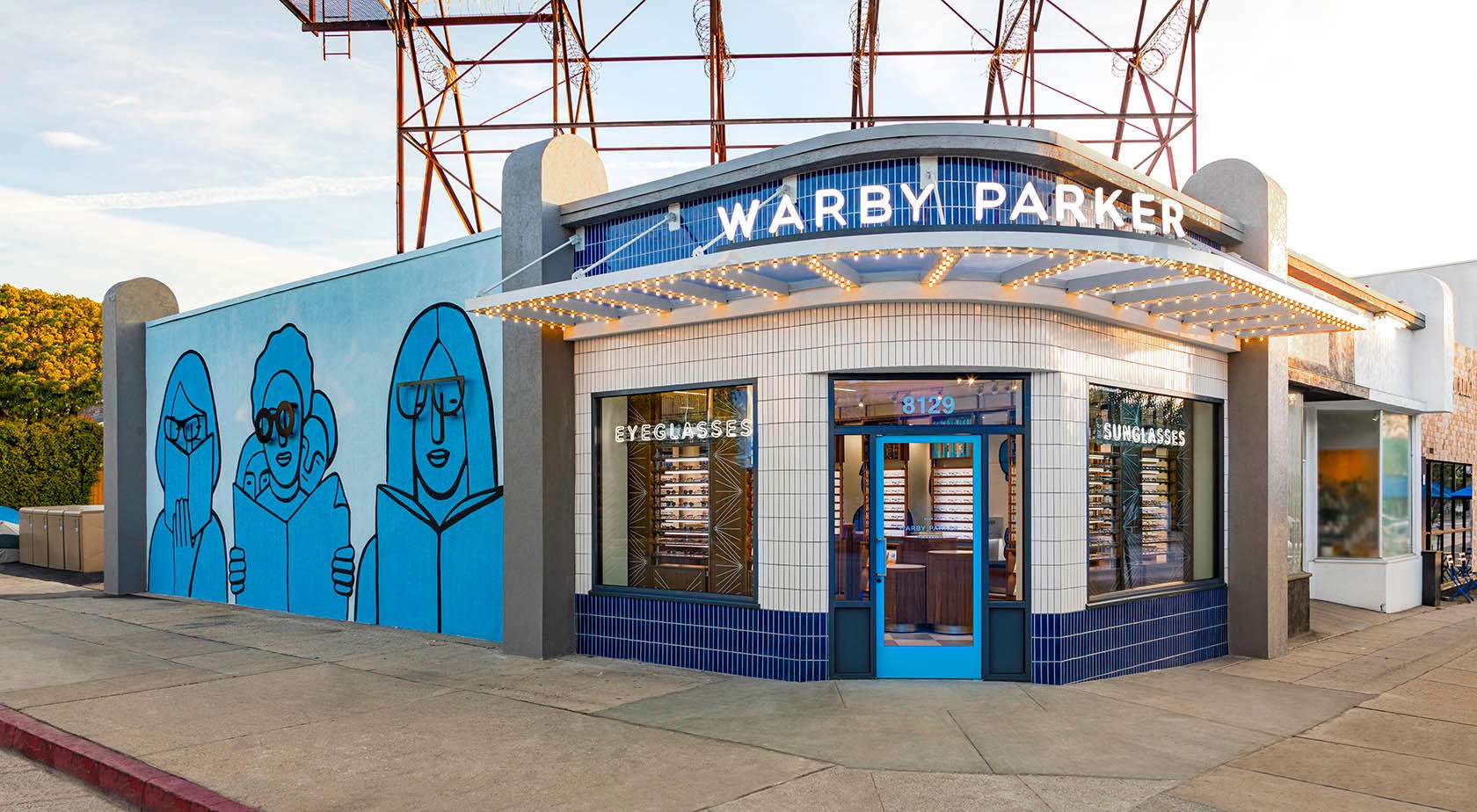
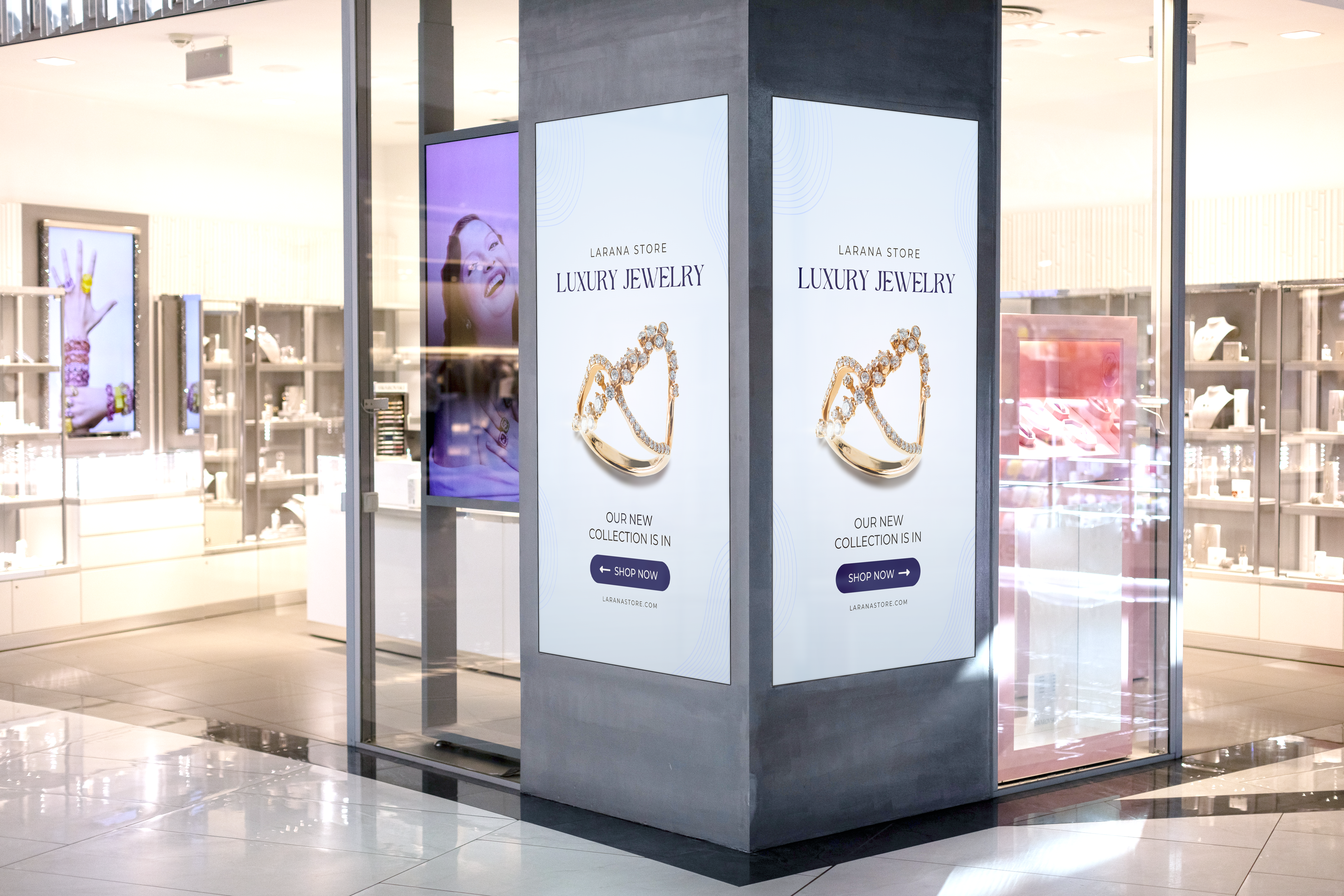
.jpg?width=897&height=470&name=Blog_Customer-Experience-Retail_Screen-info%20(2).jpg)
.jpg?width=6497&height=4165&name=SG_AdobeStock_620294890_2%20(1).jpg)


